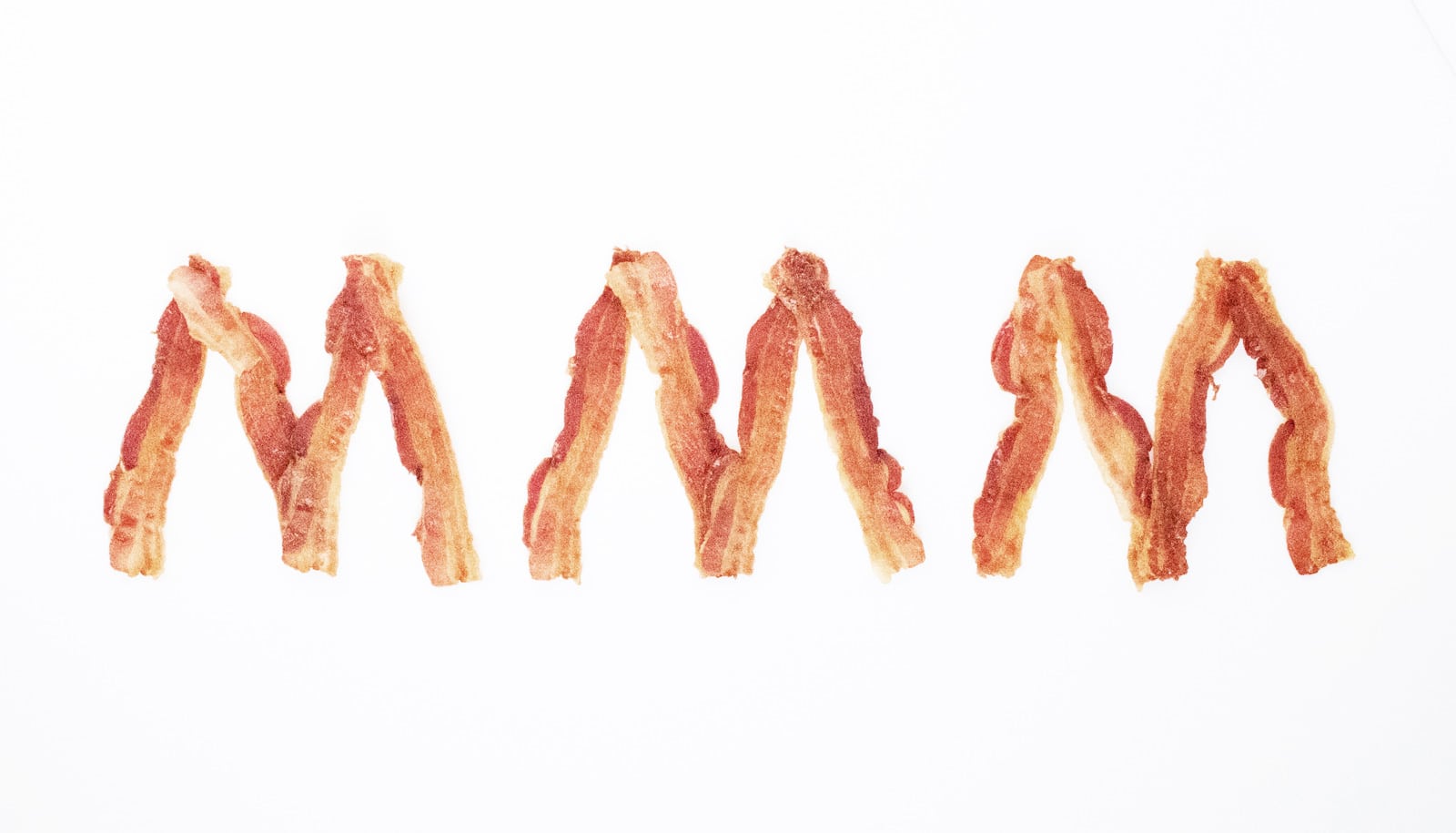Despite reports of a possible bacon shortage in 2020, the future of US bacon supplies isn’t clear enough for consumers to panic, according to one economist.
David Anderson, an economist with AgriLife Extension at the Texas A&M University, quoted Taylor Swift in saying we “need to calm down” when talking about numerous reports regarding a bacon shortage in 2020 that could be based more on expectations than current reality.
“I’m just not convinced yet that these reports aren’t sensationalizing the situation a bit at this point,” he says. “There are contradictory production and economic factors at play in the market, and I think it will take some time to play out.”
But as US consumer love for bacon grows, so does the demand. There is also growing demand elsewhere in the world.
Exports to China have increased significantly since an outbreak of African swine flu led to large-scale culling of China’s swine herd. Growing exports of half-carcasses of US pork to China is fueling concerns that US supplies of pork bellies, the cuts that provide bacon, may not keep up with domestic demand.
Anderson says Chinese demand for US pork is a new factor that will weigh heavily on the market for the foreseeable future. But according to Anderson and a recent US Department of Agriculture report, US production and cold storage supplies are setting decades-long records.
“The long-term expectation is for big exports to China, but that is relative to the record amounts of pork we are producing today and have in storage,” he says. “Pork prices are extremely cheap here and are competitively priced in China, even with the current tariff.”
Pork demand on the rise
Anderson says cold storage stocks of pork bellies are the highest he has on record going back to 1973. The US Department of Agriculture reported pork bellies in cold storage were up 34% from last year, reaching 40.7 million pounds compared to 30.4 million pounds in 2018.
It was worth noting that cold storage stocks are typically low in September, he says.
Chinese demand for pork hasn’t let up and led to prices so high that US pork is competitive despite a 62% tariff. Exports have steadily increased as China culled around half its swine herd and continues to struggle with controlling the African swine flu.
Meanwhile, demand for pork bellies in US markets has continued to grow as bacon has become a staple in many households, Anderson says.
The National Pork Board reported US consumption of bacon increased 2.4% from 2001-2013, with Americans consuming about 1.1 billion servings of bacon annually.
Pork belly is found on 8.7% of US menus, a 59% increase in the number of restaurants serving products from the cut since 2014. Bacon is served in seven out of 10 US restaurants.
The board’s report also indicates bacon’s increased demand over the last few decades is due to its growing appeal beyond breakfast.
“We’re producing more and more hogs here at home, and pork bellies are only one cut, but we have to remember America’s appetite for bacon,” Anderson says. “Bacon is on everything these days.”
What about a future bacon shortage?
Anderson says cold storage holdings could indicate bacon-producing companies and restaurants are building supplies in case there is a shortage and prices begin to rise. But he also notes that large belly stocks are related to record hog and pork production.
Expectations of a shortage and subsequent price speculation, rising exports to China, the ongoing trade dispute, how African swine flu continues to affect China’s swine herd, US production, and stockpile levels add to the commodity’s uncertain future and, ultimately, market volatility.
Pork belly prices have been “on a rollercoaster for a while now,” Anderson says, well before Chinese supplies became a factor.
For now, Anderson expects US pork exports to China will continue to grow as the Chinese continue to deal with swine flu.
“All these stories could be true in the future even though they appear to be at odds with what is going on with production,” he says. “We’ll just have to wait and see if export growth is larger than production growth to the point it cuts into domestic supplies and causes prices to rise here at home.”
Bacon facts
- A 275-pound pig nets 16 pounds of bacon, or approximately 560 thinly sliced pieces, according to the National Pork Board.
- Preserving and salt-curing pork dates back to 1500 BCE in China.
- Greek and Roman cultures expanded the tradition, and centuries ago bacon became a favorite of people in France, Germany, and England.
- The first packaged sliced bacon was patented by Oscar Mayer in 1924.
- The average American consumes almost 18 pounds of bacon each year.
Source: Adam Russell for Texas A&M University



